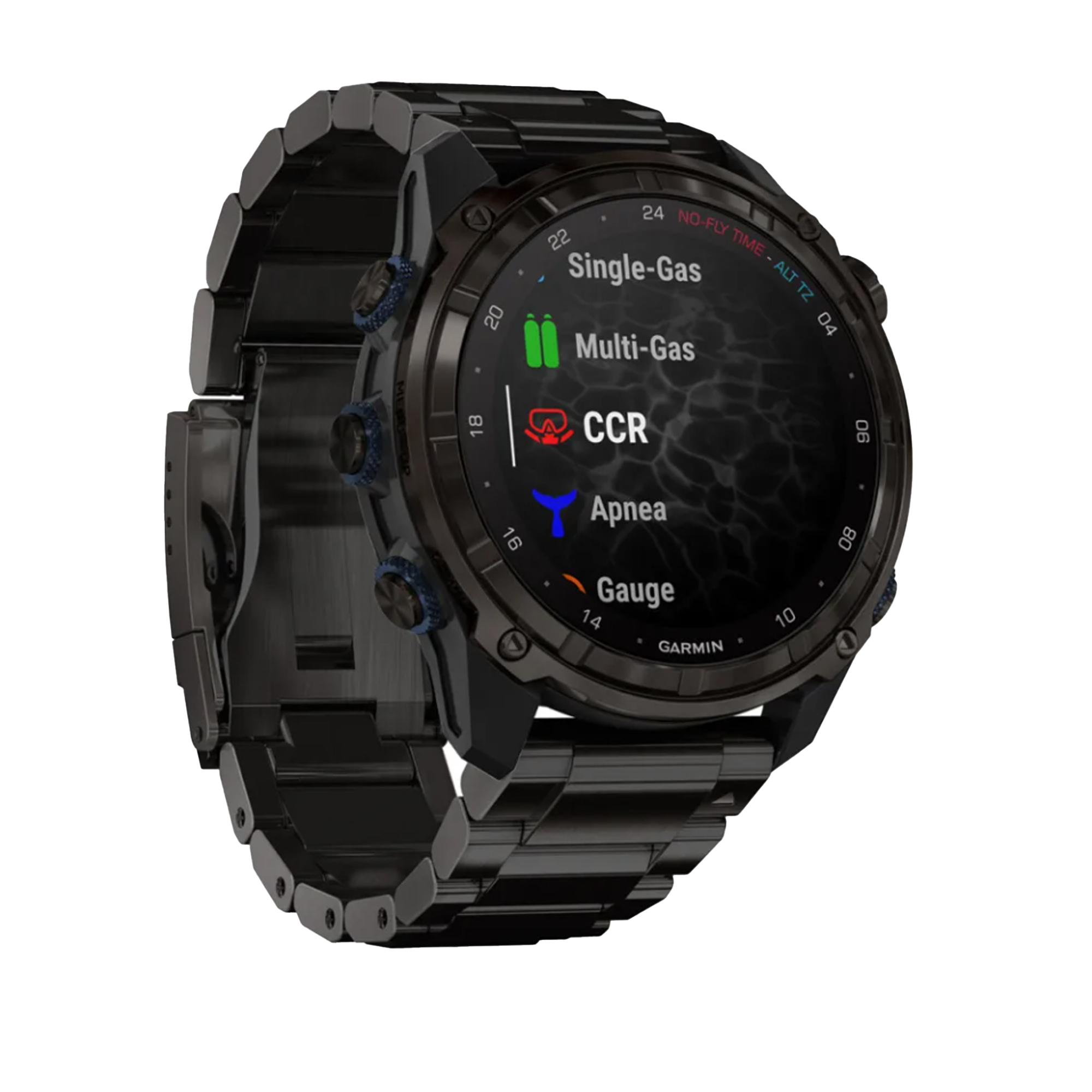Navigation
Valves / Manifolds
There's a large number of dive cylinder valves out there, and getting the right one for your needs can be daunting. The Scuba Doctor dive shop has a large range to chose from and have we tried to make it easier for you with detailed info about each type of valve.
Left and Right Scuba Cylinder Valves

A Left valve is the typical/common/standard valve orientation used by recreational scuba divers using one cylinder. The valve opening and closing stem and hand-wheel are on the left side as you look at the valve outlet. It's also popular for use on side mount setups on the diver's left side, and for the OXYGEN cylinder on rebreathers.
A Right valve is the atypical/uncommon/non-standard valve orientation often used on the second cylinder of sidemount divers and twin cylinder technical divers. The valve opening and closing stem and hand-wheel are on the right side as you look at the valve outlet. It's popular for use on sidemount setups on the diver's right side, and opposite side stage bottles to keep the valves facing in the same direction, while keeping hand-wheels on opposite sides. It's also commonly used for the DILUENT cylinder on rebreathers.
Please Note: Be careful to properly specify whether you need a left or right valve by stating the orientation. Some manufacturers use the opposite names for their left and right valves, just to confuse everyone.
Valve Threads and Cylinder Neck Threads
!!! IMPORTANT !!! Cylinders and valve threads come in a variety of sizes and great care must be taken to ensure that you are fitting the valve to the correct cylinder. The valve thread specification must exactly match the neck thread specification of the cylinder. Improperly matched neck threads can fail under pressure and can have fatal consequences if someone is hit by the flying valve or cylinder. Only qualified scuba servicing professionals should be installing this equipment. Please ensure you have the training and experience required before purchasing this item if you intend to fit it yourself. If you are unsure, please call your local scuba technician to provide appropriate information for your system.
Australian Standard Diving Cylinder Valve Thread
Most Australian Standard aluminium and steel tanks/cylinders/bottles use a standard 3/4-inch NPSM (NGS) parallel thread, sealed by an O-ring, which has a 60° thread form, a pitch diameter of 0.9820 to 0.9873 in (24.94 to 25.08 mm), and a pitch of 14 threads per inch (5.5 threads per cm). It is torqued to 40 to 50 N·m (30 to 37 lbf·ft) on aluminium cylinders.
European Diving Cylinder Valve Threads
On most steel and aluminium diving cylinders in Europe the M25X2 ISO parallel thread, which is sealed by an O-ring and torqued to 100 to 130 N·m (74 to 96 lbf·ft) on steel, and 95 to 130 N·m (70 to 96 lbf·ft) on aluminium cylinders, is now commonly used. (M25 means the diameter of the thread is 25 mm and the X2 defines the 2 mm pitch of the thread.) On smaller cylinders where the neck isn't large enough for the M25X2 thread a M18x1.5 parallel thread, which is sealed by an O-ring, and torqued to 100 to 130 N·m (74 to 96 lbf·ft) on steel cylinders, and 85 to 100 N·m (63 to 74 lbf·ft) on aluminium cylinders is used.
Please Note: The M25X2 metric thread valves are only for use with metric M25X2 threaded cylinders. While they can be wound into a cylinder/tank with a 3/4 inch NPSM threaded neck, they will not seal properly and the combination can be very dangerous. Do not try and use these M25X2 valves on typical Faber, Catalina, Luxfer etc. cylinders purchased in Australia.
When someone tries to fit a M25 valve into a 3/4-inch BSP cylinder thread, they will get it to seal, but only after damaging the brass threads on the valve. This produces an unstable fitting which can result in the valve coming out with an incredible force that could seriously injure someone, or even kill. You have been warned.
All parallel thread valves are sealed using an O-ring at top of the neck thread which seals in a chamfer or step in the cylinder neck and against the flange of the valve.
Valve to Regulator Connection
There are two basic types of cylinder valve to regulator connection in general use for Scuba cylinders containing air:
- DIN Screw Thread Connectors — the regulator screws into the cylinder valve trapping the O-ring securely between the sealing face of the valve and the O-ring groove in the regulator. These are more reliable than A-clamps because the O-ring is well protected, but many countries do not use DIN fittings widely on compressors, or cylinders which have DIN fittings, so a diver travelling abroad with a DIN system may need to take an adaptor, either for connecting the DIN regulator to a rented cylinder, or for connecting an A-clamp filler hose to a DIN cylinder valve. We strongly recommend DIN connectors, as they are safer, which is why they are almost always used by technical divers.
- A-clamp or Yoke Connectors — the connection on the regulator surrounds the valve pillar and presses the output O-ring of the pillar valve against the input seat of the regulator. The connection is officially described as connection CGA 850 yoke. The yoke is screwed down snug by hand (over tightening can make the yoke impossible to remove later without tools) and the seal is created by clamping the O-ring between the surfaces of the regulator and valve. When the valve is opened, cylinder pressure expands the O-ring against the outer surface of the O-ring groove in the valve. Insufficient clamping force may allow the pressure to extrude the O-ring between the valve and regulator faces, resulting in a leak. This type of connection is simple, cheap and very widely used worldwide. It has a maximum pressure rating of 232 bar and the weakest part of the seal, the O-ring, is not well protected from over pressurisation.
In Europe there is now a standard for cylinder valves for scuba cylinders containing gases other than air:
- The new European Norm EN 144-3:2003 introduced a new type of valve, similar to existing 232 bar or 300 bar DIN valves, however, with a metric M26X2 fitting on both the cylinder and the regulator. These are intended to be used for breathing gas with oxygen content above that normally found in natural air in the Earth's atmosphere (i.e. 22–100%).
Most of the 200 to 240 bar valves supplied in Australia are a DIN/K convertible valve. They are made with a DIN regulator connection, but such that a DIN plug adaptor can be screwed into the DIN outlet so that an A-clamp or Yoke regulator can be connected to the valve.
Valve Pressure Rating
Yoke valves are rated between 200 and 240 bar, and there does not appear to be any mechanical design detail preventing connection between any yoke fittings, though some older yoke clamps will not fit over the popular 232/240 bar combination DIN/yoke cylinder valve as the yoke is too narrow.
DIN valves are produced in 200 bar and 300 bar pressure ratings. The number of threads and the detail configuration of the connections are designed to prevent incompatible combinations of filler attachment or regulator attachment with the cylinder valve.
- 232 bar DIN (5-thread, G5/8) Outlet/Connector #13 to DIN 477 part 1 - (technically they are specified for cylinders with 300 bar test pressure)
- 300 bar DIN (7-thread, G5/8) Outlet/Connector #56 to DIN 477 part 5 - these are similar to 5-thread DIN fitting but are rated to 300 bar working pressures. (technically they are specified for cylinders with 450 bar test pressure). The 300 bar pressures are common in European diving and in US cave diving.
Adaptors are available to allow connection of yoke regulators to DIN cylinder valves. These plug adaptors (or inserts) are rated for 200-240 bar, and can only be used with valves which are designed to accept them.
Valve Bursting Disk
Australian standards require that the cylinder valve includes a bursting disk, a pressure relief device that will release the gas before the cylinder fails in the event of over pressurisation. If a bursting disk ruptures during a dive the entire contents of the cylinder will be lost in a very short time. The risk of this happening to a correctly rated disc, in good condition, on a correctly filled cylinder is very low.
Eleutheria
![]() Wreck Dive |
Wreck Dive | ![]() Boat access
Boat access
![]()
![]()
![]()
Wooden Hulk | Max Depth: 20 m (66 ft)
Do not dive near the Eleutheria without a permit. The shipwreck lies within a 250 metre radius protection zone for the City of Launceston. If you enter this zone severe penalties apply. Stay clear!
Level: Advanced Open Water and beyond.
The Eleutheria shipwreck lies near the City of Launceston shipwreck in Port Phillip. After trading around the world as a three-masted wooden barque, she was converted to powder hulk in 1862. The Eleutheria was later used as the base of operations for salvage attempts on the City of Launceston, during which she sank on 5 July 1866.
Diving the Eleutheria Shipwreck
This gets interesting. The Eleutheria lies 157 metres, bearing 227°, south-west of the City of Launceston. The site of the City of Launceston is a historic shipwreck protected zone with a 250 metre radius from:
Latitude: 38° 4.610′ S (38.076829° S / 38° 4′ 36.58″ S)
Longitude: 144° 49.579′ E (144.826321° E / 144° 49′ 34.76″ E)
.
As the Eleutheria lies within this protection zone, a permit from Heritage Victoria is required to dive the Eleutheria. Anchoring is prohibited.
The winter months offer the best visibility at the Eleutheria wreck, especially when the water temperature drops to around 10°C.
There is a great deal of the wreck exposed and a considerable number of objects throughout the site. Whilst the many iron knees and ships timbers are easy to identify, there are several large objects yet to be identified. There is a small steam engine or pump at the port bow, which is heavily encrusted.
A heavy wire cable lies across the wreck about amidships. This cable may be part of the salvage gear, or the remains of a scallop dredge cable.
Eleutheria Shipwreck History — Built in 1835
The Eleutheria was a three-masted wooden barque of 404 tons, built in 1835, launched on 23 January 1835, and completed on 24 January 1835, by Cuthbert Young & Son, at South Shields, Durham, United Kingdom. The dimensions of the vessel were 104.7 ft (32 m) in length, with a beam of 27.8 ft (8.47 m).
For about 20 years the Eleutheria traded around the world for various UK owners until late 1855. Voyages before coming to Australia included: London to Quebec, London to Londonerry to Bordeaux, Limerick to New York, and Liverpool to Barbados. The then barque arrived in Melbourne from Glasgow in 1854 with 21 passengers. She was advertised for sale while lying in Hobsons Bay. The Eleutheria was converted to a powder hulk in 1862.
On 14 November 1865, the Eleutheria was towed down Port Phillip with salvage equipment, divers and twenty men to the wreck site of the City of Launceston, where it was used as a floating platform, to set up salvage efforts on the sunken steamer.
Eleutheria Sinking — 5 July 1866
After a number of salvage attempts on City of Launceston, the Eleutheria was purchased by engineer Barrett, for £310 on 29 June 1866 and sold to a group of shareholders for a final salvage attempt, using the Eleutheria for lighterage, for which had been employed in previous salvage attempts. Used as base for operations, here it remained moored until 5 July 1866, when it was discovered to have sunk next to the wreck of the City of Launceston, with reportedly a lot of salvage gear on board. No efforts were made to salvage the Eleutheria.
Least depth of water over highest part of vessel is 7 fm (13 m).
See also, Heritage Council Victoria: Eleutheria, and
Australian National Shipwreck Database: Eleutheria.
Heritage Warning: Any shipwreck or shipwreck relic that is 75 years or older is protected by legislation. Other items of maritime heritage 75 years or older are also protected by legislation. Activities such as digging for bottles, coins or other artefacts that involve the disturbance of archaeological sites may be in breach of the legislation, and penalties may apply. The legislation requires the mandatory reporting to Heritage Victoria as soon as practicable of any archaeological site that is identified. See Maritime heritage. Anyone with information about looting or stolen artefacts should call Heritage Victoria on (03) 7022 6390, or send an email to heritage.victoria@delwp.vic.gov.au.
Traditional Owners — This dive site does not lie in the acknowledged traditional Country of any first peoples of Australia.
Eleutheria Location Map
Latitude: 38° 4.667′ S (38.077778° S / 38° 4′ 40″ S)
Longitude: 144° 49.500′ E (144.825° E / 144° 49′ 30″ E)
Datum: WGS84 |
Google Map
Added: 2012-07-22 09:00:00 GMT, Last updated: 2022-05-11 03:43:14 GMT
Source: GPS
Nearest Neighbour: Pinafore, 140 m, bearing 258°, WSW
Three-Masted Wooden Barque.
Built: Shields, Durham, England, 1835.
Sunk: 5 July 1866.
Port Phillip.
Depth: 20 m.
[ Top ]
DISCLAIMER: No claim is made by The Scuba Doctor as to the accuracy of the dive site coordinates listed here. Should anyone decide to use these GPS marks to locate and dive on a site, they do so entirely at their own risk. Always verify against other sources.
The marks come from numerous sources including commercial operators, independent dive clubs, reference works, and active divers. Some are known to be accurate, while others may not be. Some GPS marks may even have come from maps using the AGD66 datum, and thus may need be converted to the WGS84 datum. To distinguish between the possible accuracy of the dive site marks, we've tried to give each mark a source of GPS, Google Earth, or unknown.

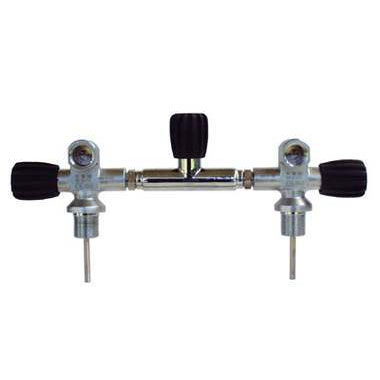
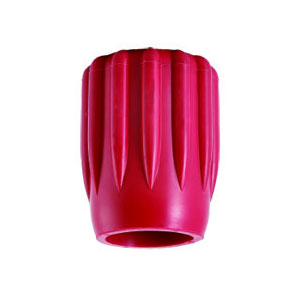
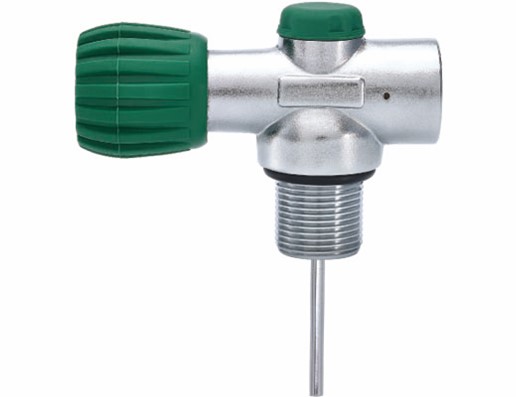
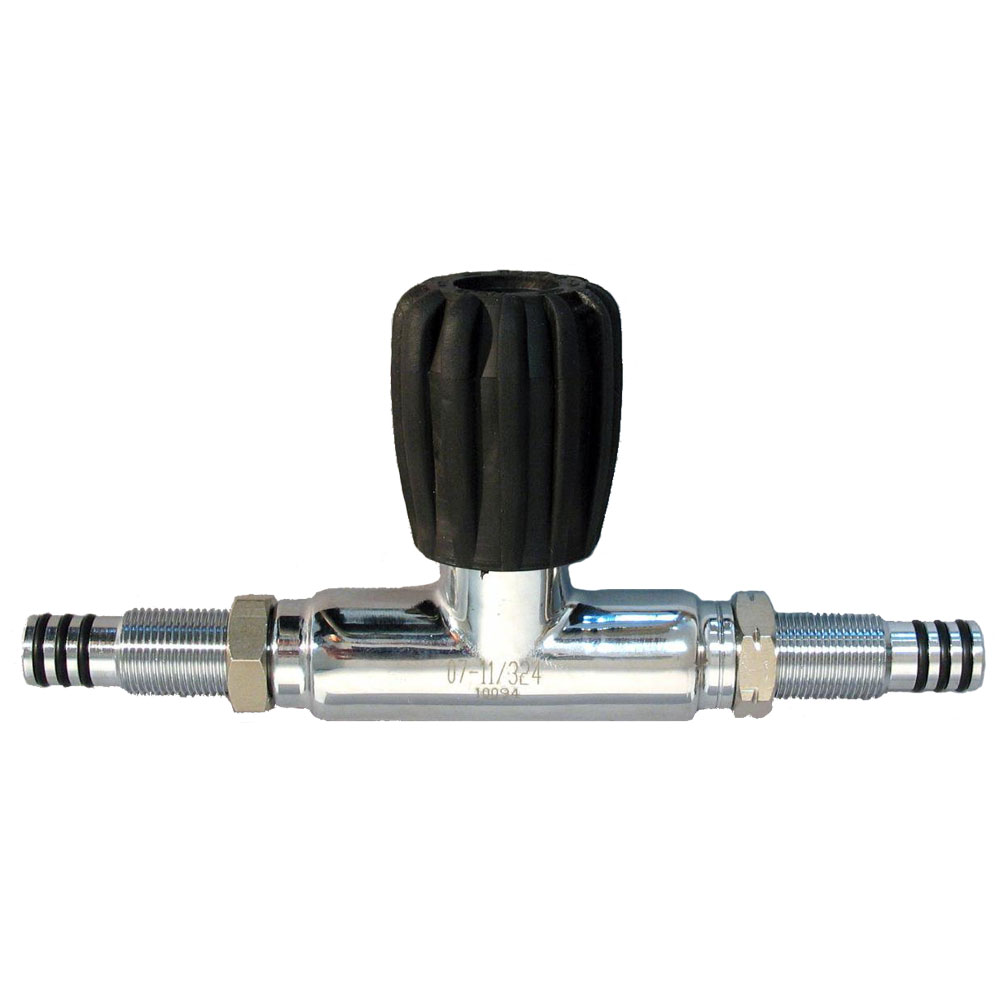
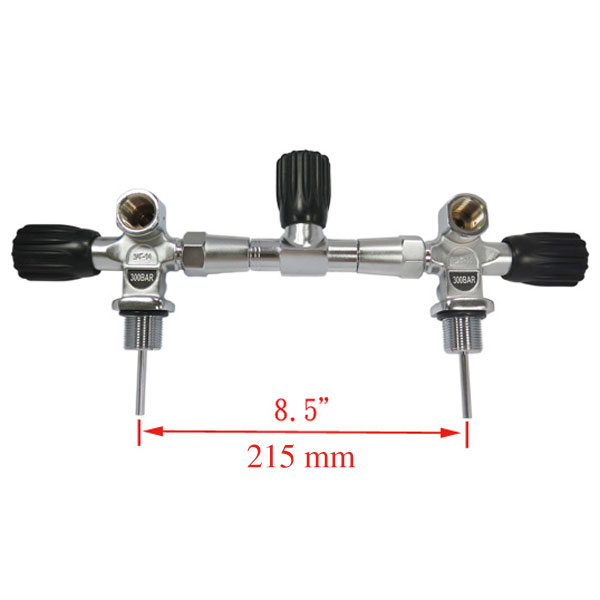
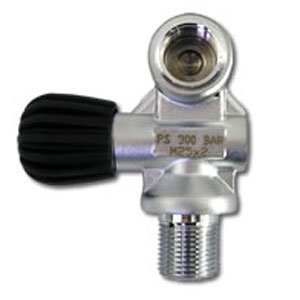
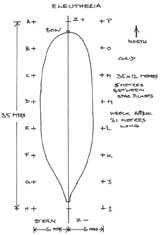
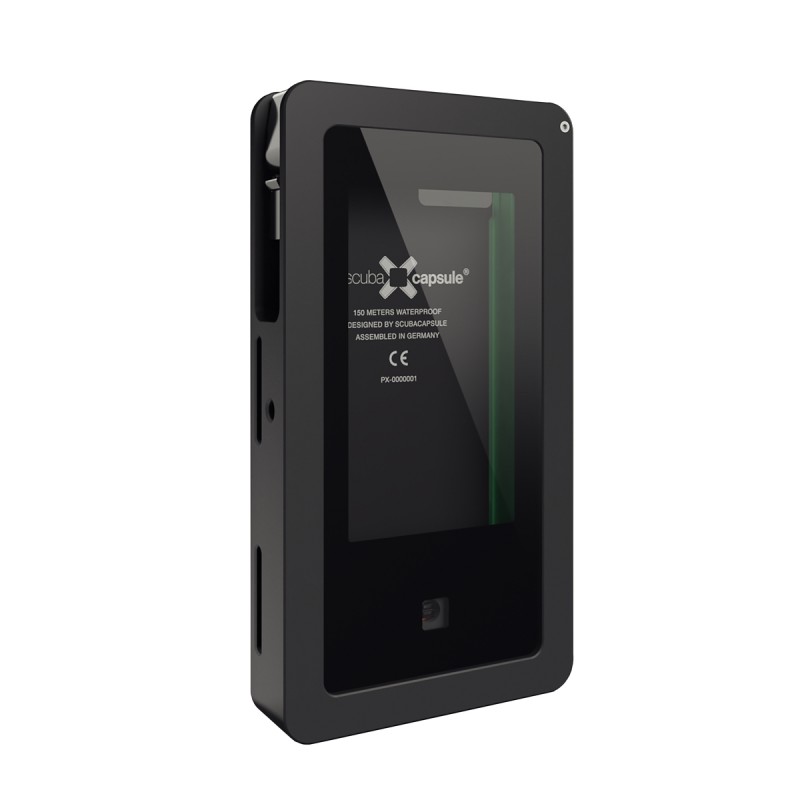
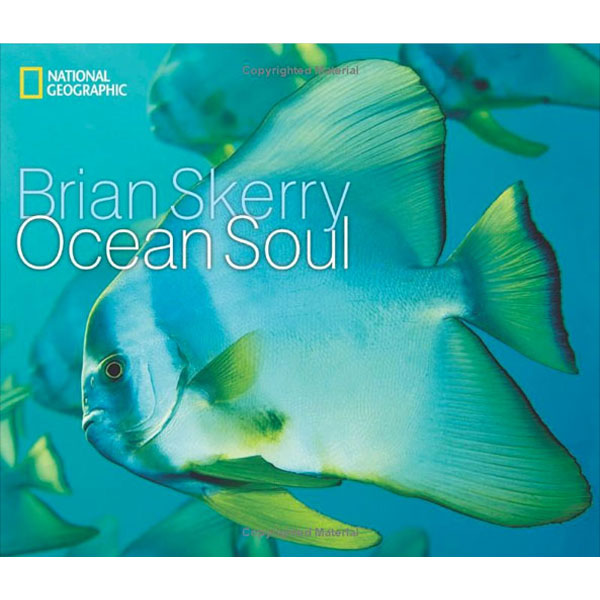

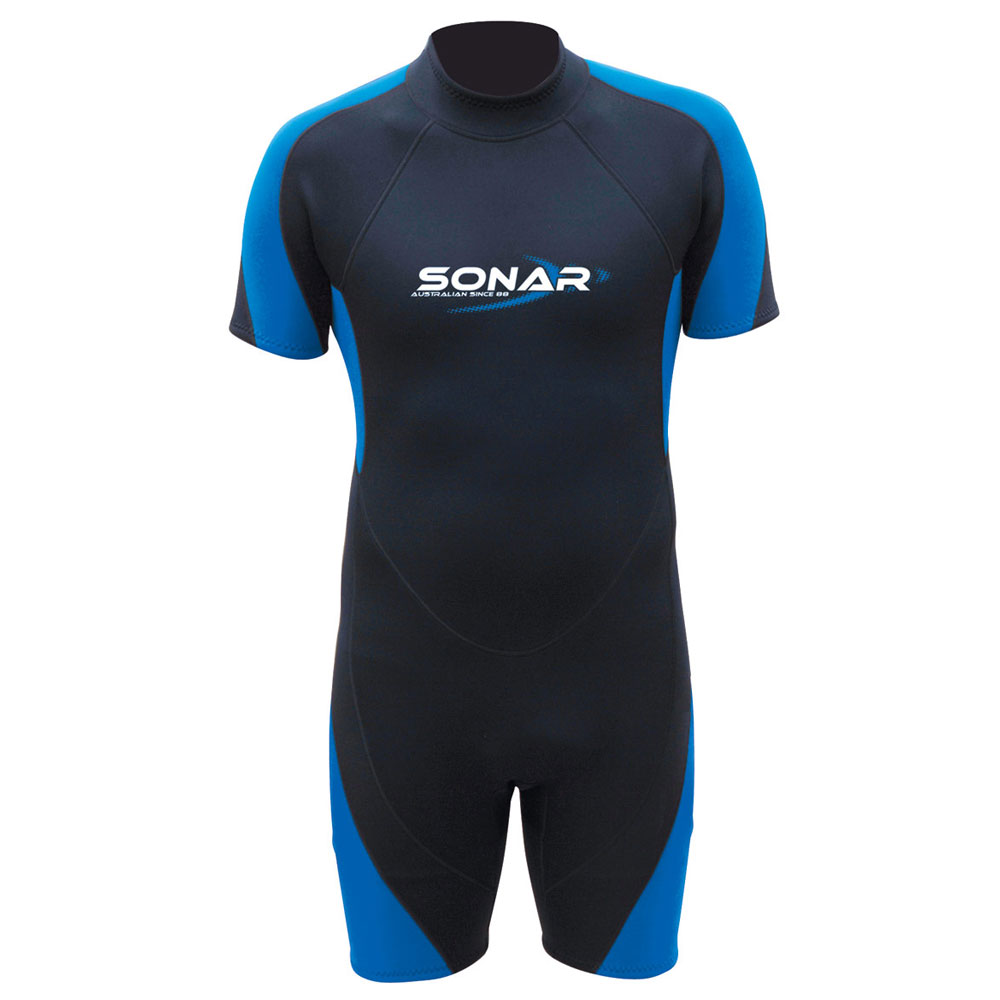
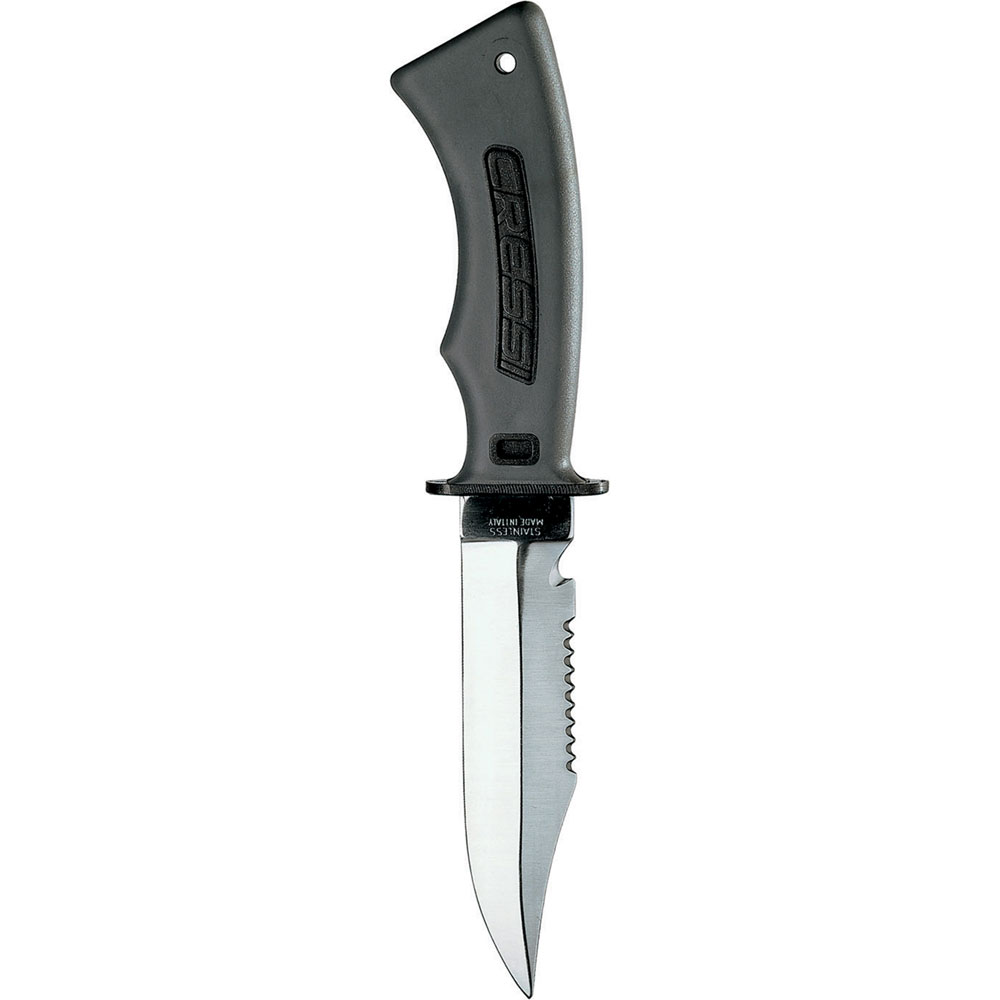
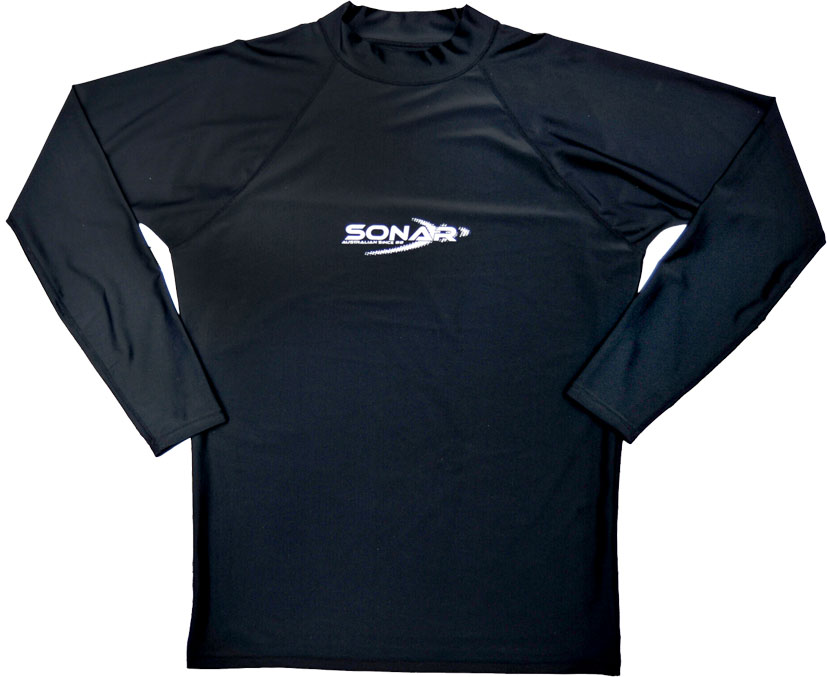
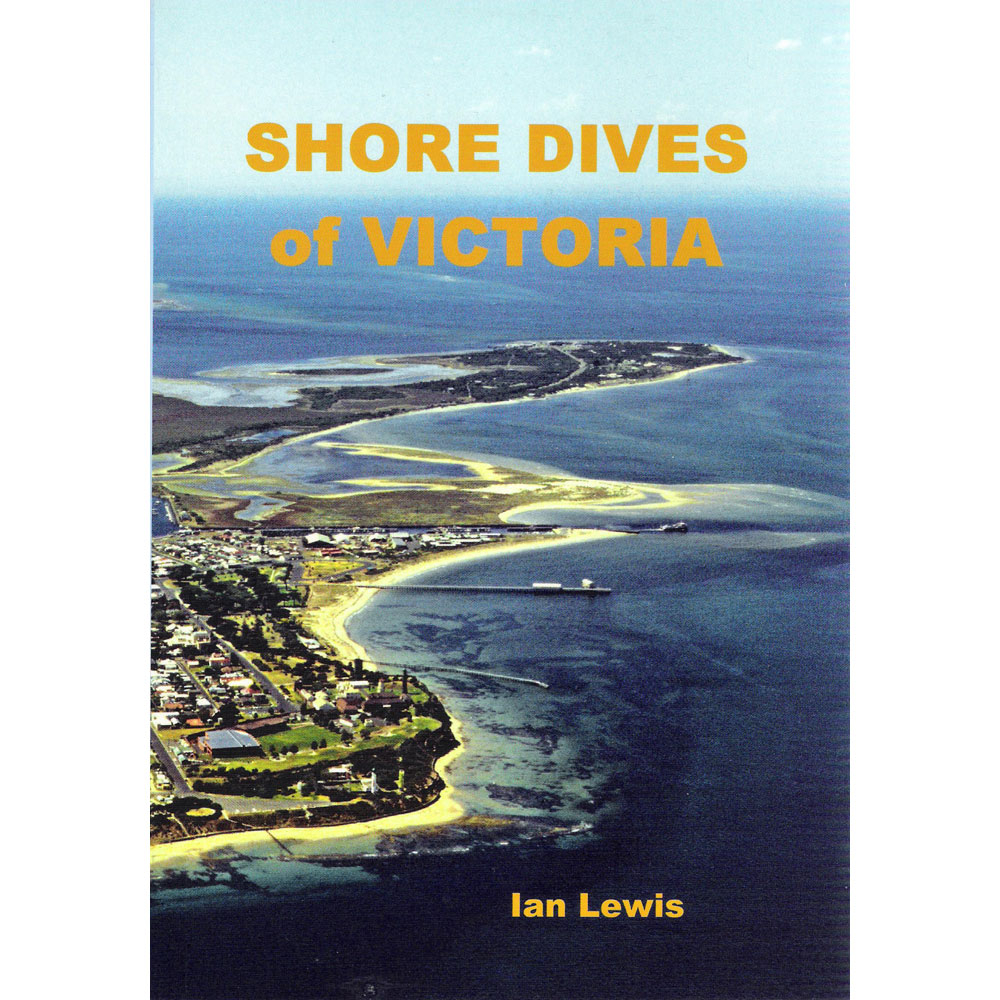
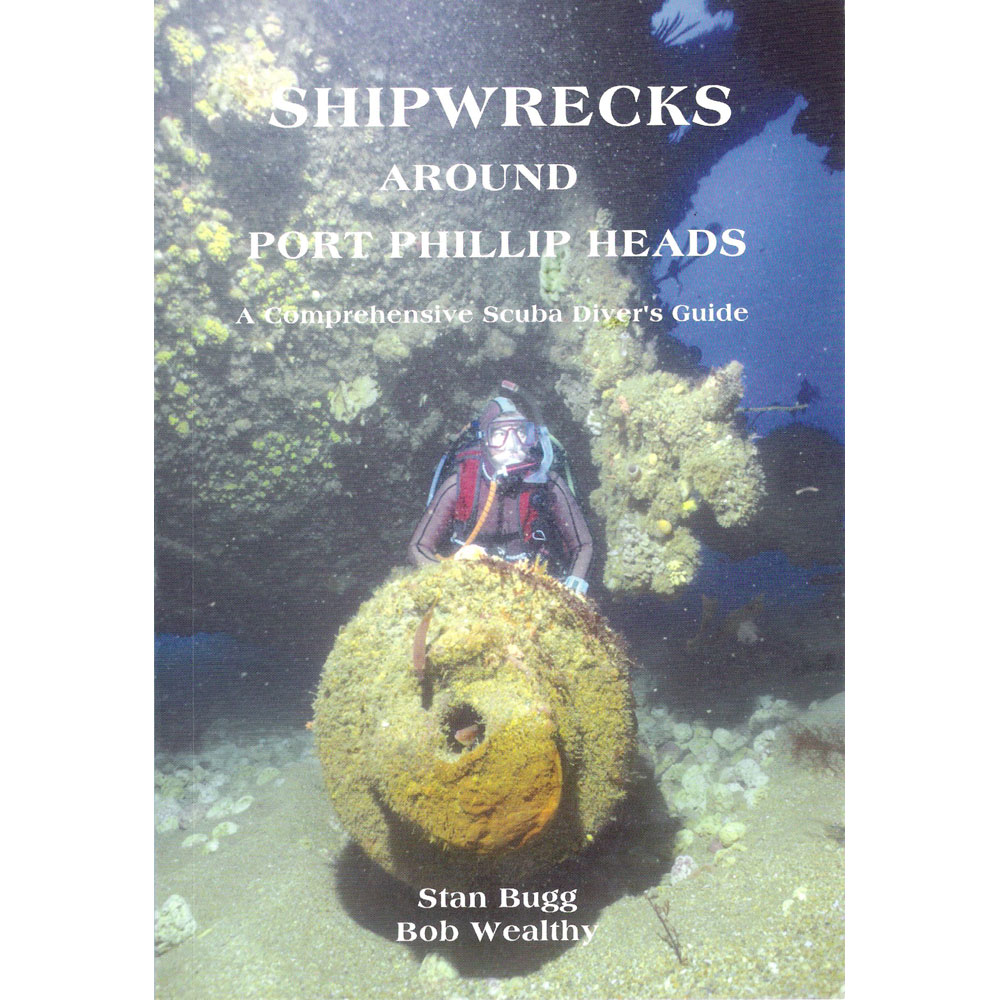
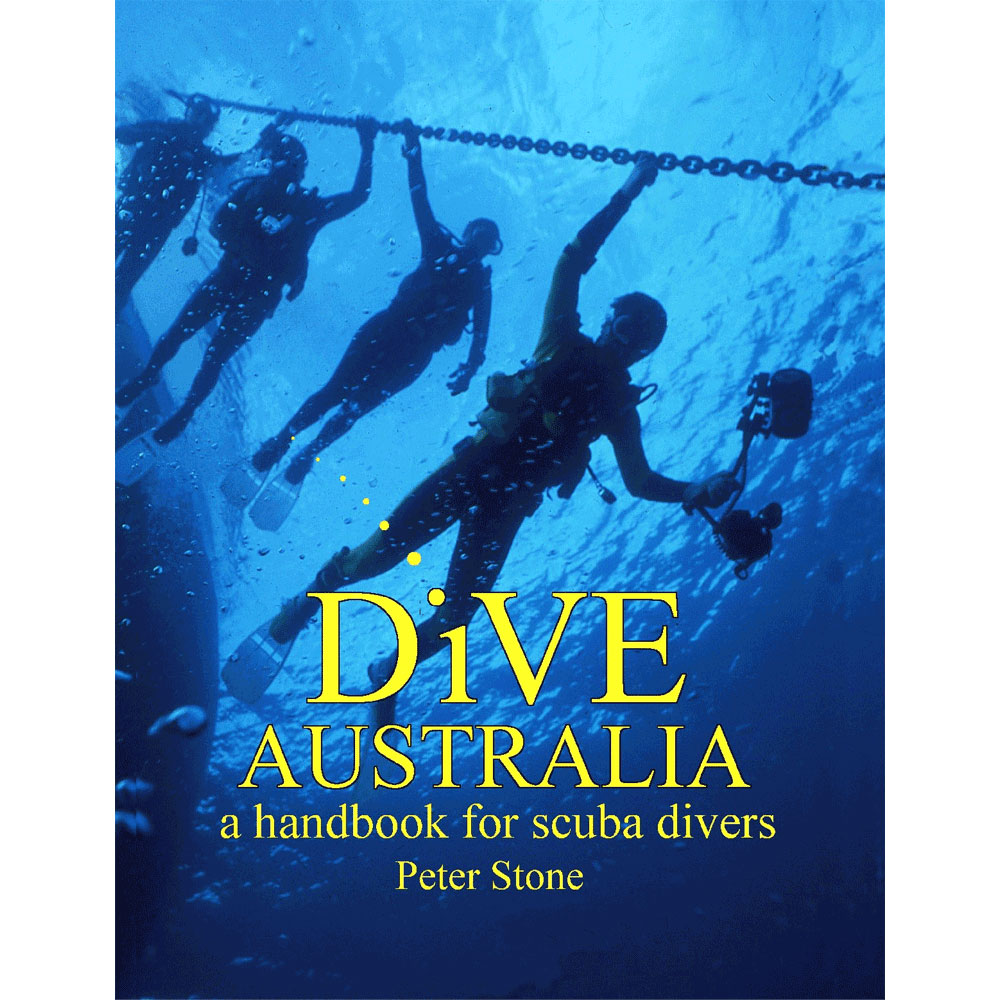
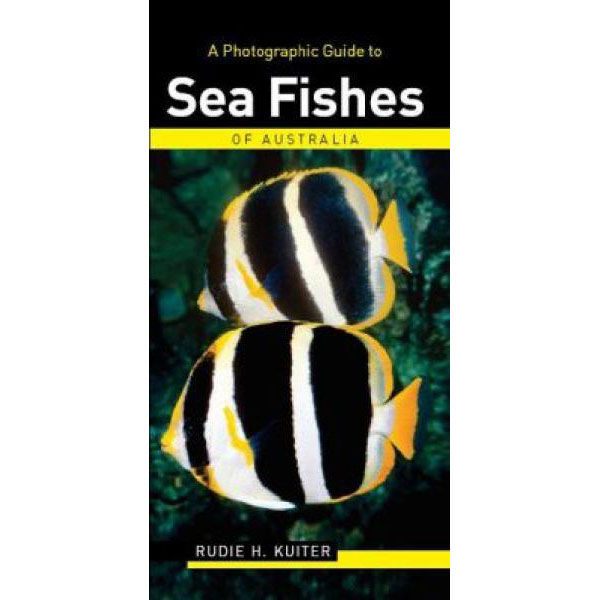

![Halcyon Infinity 30lb System [SS Small Backplate] Halcyon Infinity 30lb System [SS Small Backplate]](/diveshop/images/halcyon/Halcyon-Evolve-Wing.jpg)





